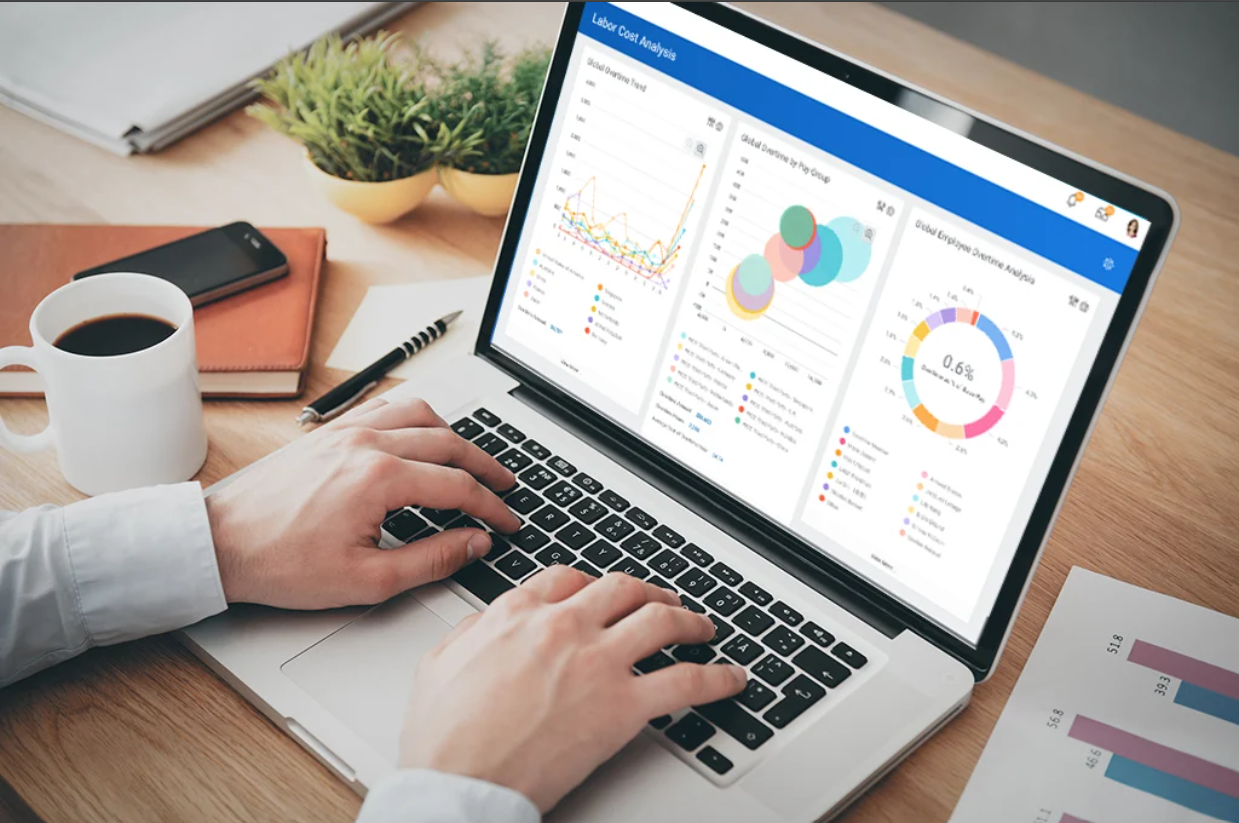How to Choose the Right Workday Training Program for You
In this blog, we’ll explain how you can use the investment in the Workday training to land a high-paying job...

In this blog, we’ll explain how you can use the investment in the Workday training to land a high-paying job and how it can help you to fast-track your IT career.
But with the array of Workday modules, user roles and training providers offered, crossing the finish line can be intimidating. This guide will help you cut through the noise so you can make a decision on which course to join, confidently – one that serves your career goals and matches your learning style.
Why Workday?
Workday is a cloud-based software vendor that specializes in HCM, Financials, payroll, spend management, and planning applications. It has a user-friendly UI, live reporting, and is customizable to the requirements of large organizations.
The need for Workday experts has soared as the world of technology has advanced. From an HCM consultant, to an integration developer, a financial analyst, or a Workday administrator, great training is the first step to a successful career.
Step 1: Establish your goals and your starting point
The first secret to choosing the top Workday Training courses depends on understanding your professional profile, your role, and where your future career dreams are.
👤 End-User/Employee Self-Service
- For simple things, like changing profile information, requesting time off, or viewing pay history.
- Training is typically self-paced and includes navigation basics.
👨💼 Manager/Supervisor
- Should involve managing staff, approving requests, performance management, and workforce planning.
- Perfect for managers managing employee schedules and time off in Workday.
👩💼 HR Professional
- Must have extensive training on Workday HCM in all areas of recruiting, payroll, benefits, compensation, and absence and talent management.
💼 Finance Professional
- Go for Workday Financials, which includes budgeting, reporting, accounting processes, expense tracking, and planning.
🧑💻 IT Professional/Integrator
- You should have training in Workday Integrations: Studio, EIB, API, and Core Connectors.
- Great for technical professionals who are building or managing integrations.
🛠️ Workday Administrator or Consultant
- Try to find classes on the order of the Workday Pro Platform Administrator Certification, which includes business processes, security, reporting, and troubleshooting.
👥 Implementation Team Member
- Training should also concentrate on deployment, configuration, testing, data migration, and change management techniques.
Step 2: Select the Appropriate Workday Module
Workday is organized around modules, and your training should correspond to your specific area of focus.
- HCM: Core HCM, Talent/Performance, Recruiting, Benefits, Compensation, Time and Absence.
- Finance: GL, AP, AR, Assets, Grants, Expenses, and Treasury
- Adaptive Planning: Financial, Workforce, and Scenario planning models.
- Integration: EIB, Cloud Connectors, and Studio
Hint: If you do not know where to begin, take HCM, because this is the prerequisite and foundation for all Workday modules and is in great demand.
Step 3: Consider the Type of Training Delivery
Your learning style plus your timetable will also affect the ideal format of the course for you:
🧑🏫 Instructor-Led Live Training (ILT)
- Practical, online instruction from expert instructors.
- Perfect for those who want to interact with a tutor, collaborate with a group, and learn practically
💻 Self-Paced Learning
- Take lessons through videos, exercises, and quizzes at your pace.
- Best for: Busy Working professionals and free learners.
🎥 Ad-HocOn-Demand Learning
- Concise explanatory video lessons or job aids for just-in-time assistance.
Useful for refreshing specific topics.
🏢 Corporate/Team-Based Training
- Often customized for enterprise implementations.
- Sometimes, this is also offered in-house by companies that use Workday.
🌐 Workday Community Resources
- Workday Community, which includes official documentation, forums, and training & education materials.
Step 4: Assess the Training Provider
Not all training services are the same. Here’s how to evaluate them:
Official Workday Education
- The best, recent training available.
- Mostly available to Workday partners or customers.
✅ Partner/Client-Sponsored Programs
- Provided by the leading consulting companies such as IBM, Accenture, PwC, and others.
- Occasionally included in onboarding or the course of a project.
✅ Third-Party Providers
- There are lots of independent, good-quality trainers who provide Workday Training for non-partner learners.
Look for:
- Verified real-world experience
- Student testimonials
- Access to an active Workday tenant
- Resume and interview preparation
- Placement support
- Transparent pricing and curriculum
Warning: Avoid providers that promise instant jobs, have no access to real environments, or hide trainer credentials.
Step 5: (Certification vs. Mastery)
It’s a popular myth that to get a job, you need to be certified in Workday. In reality:
- Concurrently, workday certification is exclusive to partner/client staff.
- But you can still land a job if you are non-certified and have practical skills and project experience.
- Hands-on know-how, tenant access/practice, and familiarity with the Workday system matter to employers more than formal certification does.
So you’re armed with real-world learning and job readiness, which can help you stand out even without certification.
Step 6: Cost Versus Value Comparison
Good Workday training becomes an asset—and investment.
Consider:
- Duration of training
- Access to live tenant environments
- Curriculum depth
- Ongoing support
- Cost vs. expected ROI
Certification courses cost more than 2500 USD. The income potential for a trained Workday consultant ($150-350K, on average, per year) can more than make up for the investment.
Step 7: Match Your Learning Style
Choose a program that fits:
- Visual learners: Find instruction with good walkthroughs and screen-sharing.
- Hands-on students: Focus on demo tenant practice, sandbox practice, and simulation.
- Busy schedules: Choose self-paced or on-demand.
- Structured approach: Opt for live classes that come with assignments and deadlines.
Step 8: Speak with the Trainer or Go to a Demo
Here is what a short phone call or trial session can help you evaluate:
- Trainer’s communication and teaching style
- Their real-life Workday experience
- How they support students post-training
- Project examples or hands-on scope
No textbook can offer the insights of a mentor who has rolled out global Workday projects and mentored thousands of students.
Step 9: Be Wary of the Red Flags
Avoid programs that:
- Rely only on theoretical slides
- Lack of hands-on practice
- Make false job guarantees
- Omitting testimonials or trainer bios
- Charge hidden fees after enrollment
Conclusion
Selecting the perfect Workday Training is not just a decision, but a transformational process. With Workday on the rise, getting the right training can lead to high-paying, global positions.
Consider what you are doing and what you would like to do. Evaluate training content, providers, and hands-on/exposure training. Discover interactive learning, mentorship, and an extensive network of peers—Workday’s got all the tools to help craft your career.

